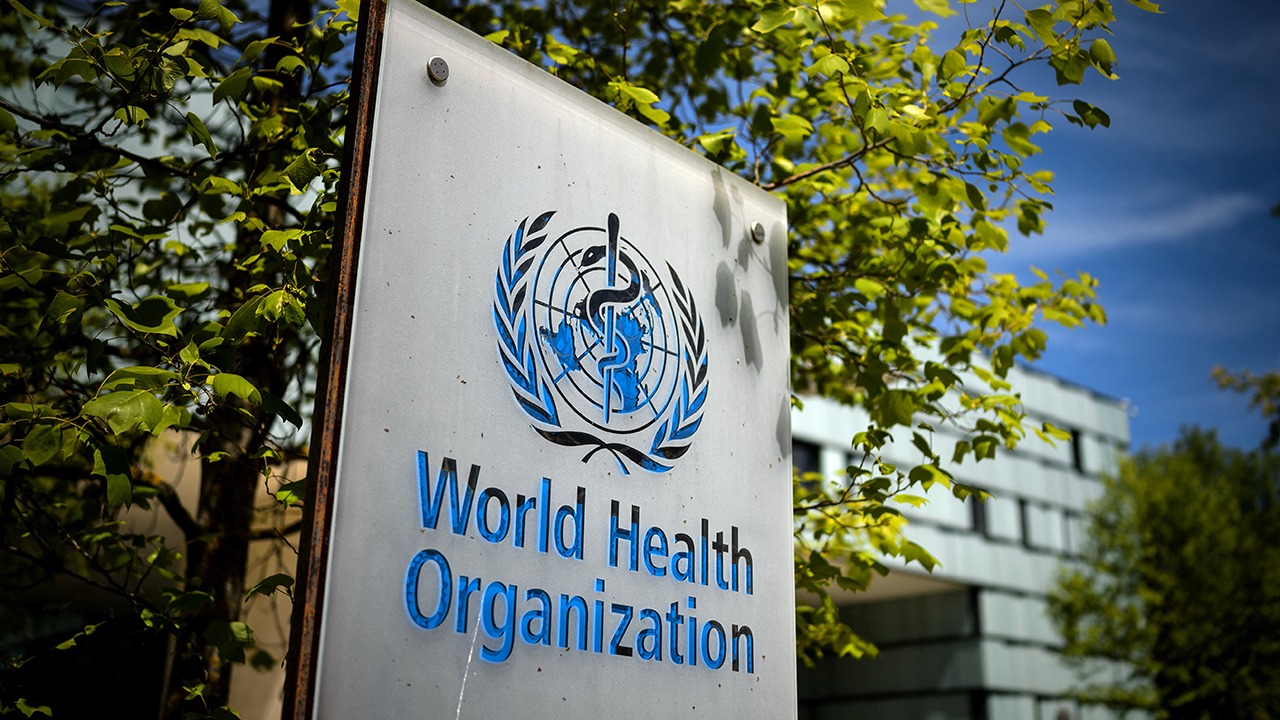Dr. Saima Hashim
Climate change is no longer a distant or abstract threat—it’s here, right now, staring us in the face, altering the very foundations of agriculture in Khyber Pakhtunkhwa (KP). The impacts are already manifesting, and the consequences are severe. From rising temperatures to erratic rainfall and extreme weather events, KP’s farmers are living through a crisis that jeopardizes their livelihoods, food security, and our agricultural systems.
KP’s agriculture, largely supported by smallholder farmers—the backbone of the rural economy—is under immense strain. Climate change is exacerbating the existing challenges these farmers face. We’re not just on thin ice; we’re skating on it, and unless swift action is taken, we risk plunging into a full-blown disaster. This is not merely an environmental issue but a matter of survival and the future of our province.
The Escalating Crisis
In recent decades, KP’s climate has shifted—temperatures have risen by 0.5°C to 1°C, and, according to the Pakistan Meteorological Department, they could rise by an additional 1.5°C to 2°C by 2050. Rainfall patterns have grown increasingly unpredictable, with longer dry spells and intense, unseasonal downpours. This variability spells disaster for agriculture, where the timing and volume of rain are crucial.
The devastating floods of 2022 are a stark reminder of how climate change is hitting KP. Over 400,000 acres of farmland were destroyed, with crop losses exceeding $500 million. This was not a one-off event but part of an alarming pattern of extreme weather, which is pushing farmers to the brink. We’re not just seeing clouds on the horizon; the storm is here.
Farmers on the Frontline
As someone who has closely worked with farmers and the KP government on food security policies and projects like the Khyber Pakhtunkhwa Irrigated Agriculture Improvement Project (KPIAIP), I have witnessed firsthand the vulnerability of our farming communities. In regions like Chitral, the effects of climate change are evident and devastating.
Water scarcity remains one of the most pressing threats. The International Water Management Institute (IWMI) predicts a 30% reduction in water availability in KP over the next decade. In a province where 85% of water is allocated to agriculture, this is alarming. Wheat and maize yields have already fallen by 10-15%, and with 43% of KP’s population classified as food insecure, the stakes couldn’t be higher. We’re running out of time, and without urgent adaptation, the consequences will be irreversible.
Climate-Smart Solutions: An Urgent Imperative
In the face of these challenges, a paradigm shift in agricultural practices is crucial. Climate-smart agriculture (CSA) offers one of the most viable pathways forward. Through KPIAIP, we are introducing sustainable farming techniques that help farmers adapt to these changing realities. Water-efficient techniques like drip irrigation and rainwater harvesting have reduced water use by up to 30% in some regions. Given KP’s growing water shortages, these innovations are indispensable.
Soil conservation is another critical element. Techniques such as contour farming and cover cropping are helping reduce erosion, restore soil health, and maintain productivity in increasingly unpredictable weather. Crop diversification is also key—by promoting drought-resistant and less water-intensive crops, we have seen yields increase by 12-18% for those farmers who have adopted these changes. Necessity is the mother of invention, and adaptation is not just possible but imperative.
Global Lessons for Local Action
There are valuable lessons we can draw from international examples. Japan’s approach to water conservation in agriculture, such as growing rice only once a year and employing vertical farming, has reduced water consumption by 30% while preserving soil fertility. In KP, where rice and sugarcane are major water-consuming crops, transitioning to less water-demanding varieties could save billions of cubic meters of water each year.
However, these transformations will not materialize without adequate support. Farmers need access to training, markets, and financial incentives. This is where both local and national governments must step up.
The Role of Education and Strategic Action
Addressing the climate challenge requires a multi-faceted approach, and education plays a pivotal role. Academic institutions must steer our youth towards adaptation-focused strategies since mitigation remains a distant luxury for developing nations like Pakistan and other countries in the Global South. Early education is crucial in embedding the right concepts and fostering the behavioural changes necessary for adaptation, while higher education must focus on practical solutions. By cultivating these adaptive strategies over the next 10-12 years, we can empower a generation of youth to bring forth practical innovations that will lead to meaningful climate resilience. With the right educational and policy frameworks, Pakistan could be on the path to becoming a climate-adapted country within the next decade.
Moreover, we must recognize that climate change impacts are not gender-neutral. Female farmers in KP, along with children and the elderly, are particularly vulnerable to climate-induced challenges. Future development efforts must consider inclusivity across ethnic, age, caste, and cultural lines to ensure a comprehensive approach to climate adaptation.
In KP, the capital city faces significant air pollution, primarily driven by agricultural waste management issues, which should be prioritized in any sustainability agenda. The province is rich in potential resources but requires a wise and prudent approach to channel them effectively.
The Time to Act is Now
The reality is that climate change is reshaping agriculture in KP, and time is of the essence. The clock is ticking, and we possess the tools and knowledge to adapt—provided we take decisive action now. From policymakers to farmers, from international organizations to local communities, everyone has a role in building resilience and securing food security for future generations.
This is not simply an environmental issue; it is a matter of survival. We can no longer afford to ignore the crisis. It’s time to turn our words into action and prioritize collaborative efforts and strategic initiatives before it is too late.
The author is an environmental specialist in the agriculture department.










